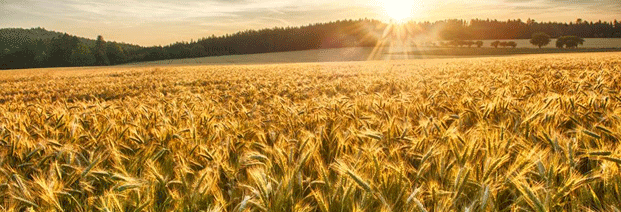Introduction: Every year, the American Malting Barley Association (AMBA) Board of Directors publishes a list of recommended malting barley varieties for U.S. growers, which plays a crucial role in shaping the upcoming crop year. This year, two new varieties, CDC Churchill and Firefoxx, have been added to the list, while one variety, Quest, has been removed. The AMBA’s role is vital in maintaining a steady, high-quality supply of malting barley to meet the needs of maltsters, brewers, distillers, and food processors across the United States.
Key Additions to the 2025 AMBA Recommended List:
- CDC Churchill
CDC Churchill is a spring, two-row, hulled malting barley variety developed by Dr. Aaron Beattie at the Crop Development Centre, University of Saskatchewan. This variety was introduced for recommendation by Malteurop, who found it successful in trials across North Dakota and Montana. With slightly higher yields than the widely used AAC Synergy, CDC Churchill also offers a comparable enzyme profile to CDC Copeland, a popular choice in the malting industry. Its adaptability to the Northern Plains regions, along with its favorable agronomic traits, makes it a promising addition to the 2025 list. - Firefoxx
Firefoxx is another notable addition, a spring, two-row, hulled variety developed in Europe by Ackerman Saatzucht GmbH & Co. This variety was brought to AMBA’s attention by RahrBSG after it was successfully tested in North Dakota over the past four crop seasons. What sets Firefoxx apart is its non-production of GN, a trait highly valued in the distilling industry. This unique characteristic, alongside its solid quality traits that mirror popular check varieties, positions Firefoxx as an attractive option for distillers seeking specific malting barley qualities.
The Removal of Quest:
The variety Quest, a spring, six-row malting barley released by the Minnesota Agricultural Experiment Station in 2010, has been removed from the list. Though Quest had been included in the AMBA’s recommended list since 2011, it was gradually replaced by the increasing preference for two-row barley varieties. Quest’s yield and malting characteristics were solid, but the industry’s shift toward two-row barleys, known for their superior malting qualities, led to its discontinuation from the list.
The Importance of the AMBA Recommended List:
The AMBA Recommended List provides U.S. growers with guidance on which barley varieties are most likely to be contracted or purchased by the malting industry in the upcoming crop year. However, it’s important to note that the list is not an endorsement of certified malting varieties; many other domestic and international varieties may also meet the quality needs of maltsters, brewers, and distillers.
Producers are advised to consult local grain handlers or processors to understand the demand for specific varieties in their region, as some varieties may be better suited for niche markets. The variety preferences can shift over time based on changes in industry trends and market needs.
As the 2025 crop year approaches, the introduction of CDC Churchill and Firefoxx to the AMBA’s recommended malting barley list reflects the industry’s evolving demands for quality traits, such as higher yields, specific enzyme profiles, and malting characteristics like GN production. Growers should stay informed about these developments and adjust their crop choices accordingly to ensure that they meet market demands. Understanding which varieties are in high demand not only helps farmers optimize their production but also supports the broader malting and brewing industries in maintaining a steady supply of high-quality malting barley.
Error




